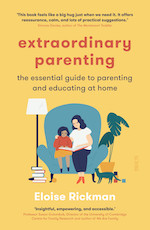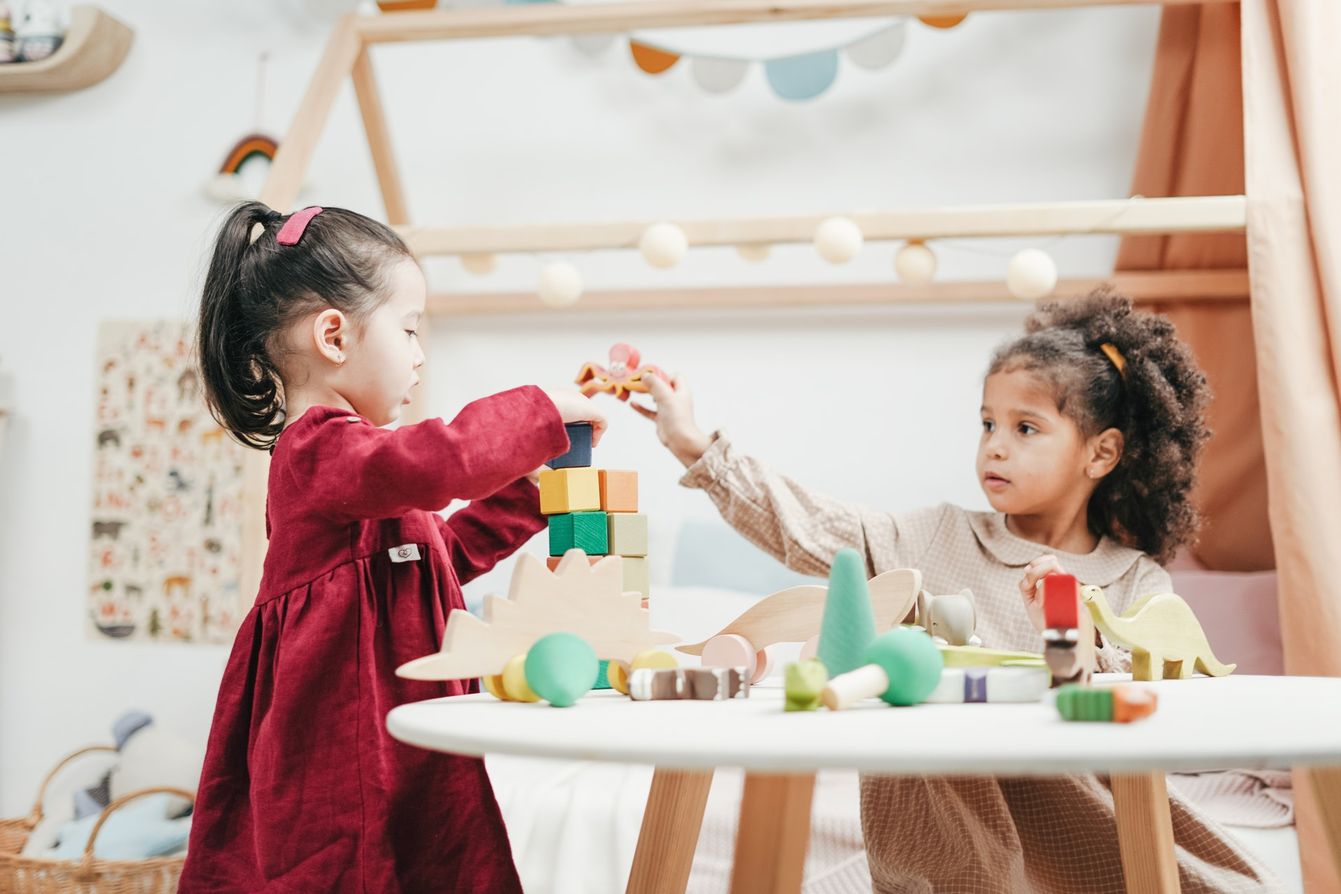Want to know what are the best toys for kids that will help their development and be well-loved? We have 10 to choose from.
Before we share our list of best toys for kids, here’s what to consider when choosing toys or materials for your child to ensure the toy will be loved, used and provide you with good bang for your buck.
- How does this toy fit with your child’s current interests and developmental needs?
- What is it made from? Natural materials—wood, silk, wool, cotton, metal—are often more pleasing to children’s senses than plastic or synthetic materials. However, there are many plastic toys which are wonderful, so don’t discount them altogether.
- How can the toy be used? Is it open-ended? Will it be used in imaginative play? Can your child project their own stories and feelings onto it?
- Does it fit with your values? Wooden swords, knights or soldiers? Make-up sets? There’s no right or wrong choice, but it’s worth thinking about the messages your purchases send and if they are consistent with your family values.
- Can it be found pre-loved? Children don’t mind, and it can be kinder to the planet—and your pocket!
- How was it made and will it last? Where possible, is the quality good enough that I can imagine passing it down to grandchildren, or is it going to break and be thrown away in a year?
- Is this item disrespectful to other people or cultures? What does buying a toy “teepee” or headdress say about the sacred items of that culture? How is diversity represented in play-sets?
10 best toys for kids that are worth the money
The most important thing when choosing toys is your child’s interests. It doesn’t matter if everyone on social media has a toy rainbow, or a particular learning material: if your child isn’t interested, it won’t be a good purchase! That said, there are certain toys and materials which tend to go down well in most families. Here are some of my recommendations, tried and tested by my daughter, as well as many of my clients:
1. Building materials
Wooden blocks, magnetic tiles, Duplo/LEGO.
2. Figures
Animals, people, small dolls, perhaps with vehicles, furniture, farm or other accessories depending on your child’s interests. These might be plastic, wooden or fabric. Playmobil is a good place to start if you’re feeling overwhelmed by choice, and I love Schleich for realistic animal figures which can take heavy play and still look good—these often turn up second-hand, and they last well.
3. Modelling materials
Playdough, modelling clay, air-dry clay, plasticine and kinetic sand are all great, plus a selection of sticks, biscuit cutters, sequins, googly eyes, stamps, rollers and other loose parts (see below) to use. I love kinetic sand because, as long as it’s contained in a tub or tray, it’s relatively mess-free!
4. Age-appropriate loose parts
A variety of blocks, pebbles, rocks, sand, shells, pine cones, conkers/horse chestnuts, acorns, fabric scraps, pieces of string, shoelaces, lace, ribbon, beads (glass, plastic, ceramic), buttons, “gemstones”, marbles, twigs, pieces of wood or branches, cloths or silks, pegs, curtain rings, bottle lids, pipe cleaners, corks, ice-block sticks, cinnamon sticks, nutmeg, nuts, seeds, clean fruit stones, kitchen implements, cutlery, scoops, balls . . . the list is almost endless. Just ensure your child cannot choke on items you leave out and always supervise children playing with small toys or loose parts. These can be used to tinker with, build, use as props in imaginary or small-world play and so much more.
5. Toys that develop gross motor skills
Scooter, balance bike, pedal bike, balls, balance board. If you have an outdoor space then a trampoline, swing set or slide can all be fun.
6. Toys for imaginative play or role play
Cloths, old sheets, scarves or play silks (use with pegs to make dens, to dress up with or as landscapes for small-world play), dressing-up outfits (op shops are a great place to find these), doctor or vet sets.
7. Water play items
Plastic tubs, kitchen pans, spoons, cloths, and plastic or tin cups all work well for water play, and you can add herbs, dried flowers, leaves, grass and other nature finds, as well as sieves and funnels for making “potions” outside or in the tub.
8. Puzzles
Start with simple knobbed puzzles for young toddlers and work upwards.
9. Games
There are so many to choose from, but from preschool age onwards your child may enjoy playing simple games such as Uno, Snakes and Ladders, and Bird Bingo. There is a huge range of games out there catering to all ages, stages and interests.
10. Simple musical instruments
Rattles, drum, whistle (but be warned: Though your child may enjoy this, you may not, so think twice!), xylophone, glockenspiel, simple percussion instruments.
Some children may also enjoy things such as:
- Doll, clothes and cot
- Soft toys
- Toy kitchen
- Train set
- Toy till to make a shop
- Sewing kit
For all children, play is one of the best ways they can learn. So, are any of your kids’ toys already on the list?

This is an edited extract from Extraordinary Parenting: the essential guide to parenting and educating at home by Eloise Rickman (Scribe $22.99).
This post includes affiliates and/or paid inclusions.
How helpful was this article?
Click on a star to rate it!
5 / 5. 1
Be the first to rate this post!
Eloise Rickman
Related posts
Subscribe
Receive personalised articles from experts and wellness inspiration weekly!


